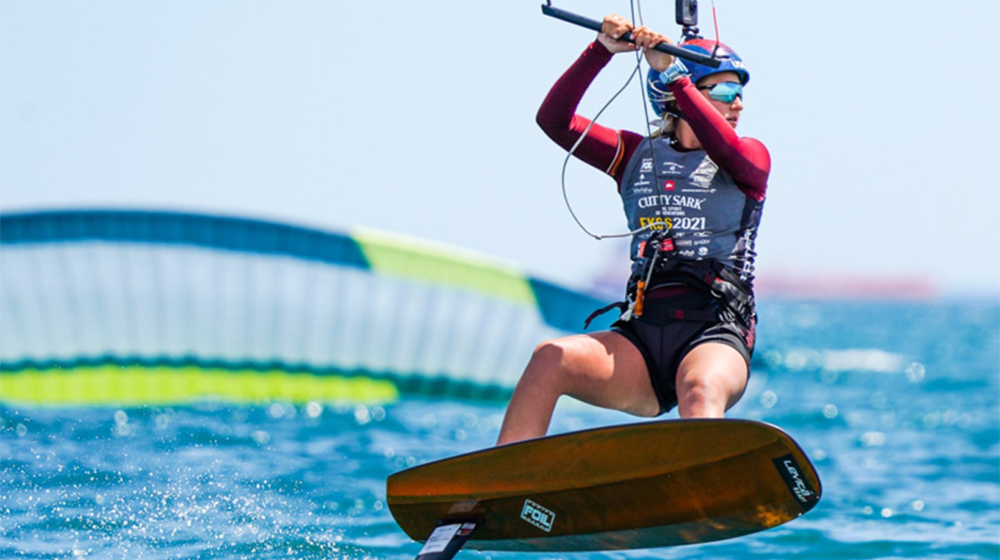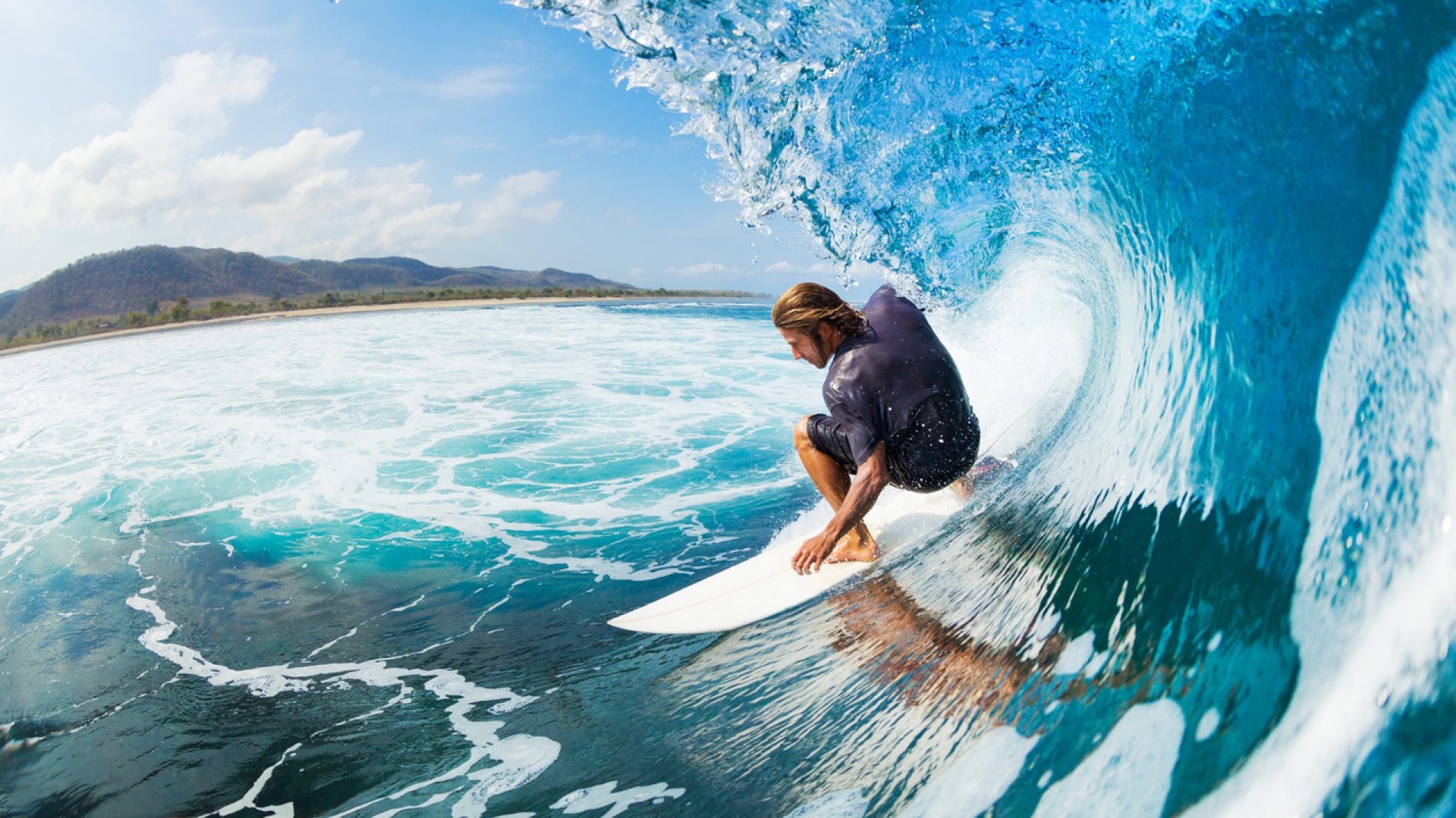
Difference between Canoe and Kayak
We’ve heard about both and we have a great variety of shows with canoes or kayaks that will leave you mesmerised. However, is the difference between a canoe and a kayak easy to spot? We believe it goes in depth and we should analyse the whole story behind it. Sit down and get ready to paddle your way into the mysterious waters of the world of canoeing and kayaking.
Canoe vs. Kayak: Which one should I choose?
The main difference is the vessel.
In a kayak, the paddler is seated and uses a double-bladed paddle. He pulls the blade through the water on alternate sides to move forward. However, in a canoe the paddler kneels and uses a single-bladed paddle to propel forward.
Also, canoes tend to be open on top. This is because the rowers kneel inside the canoe or even sit inside if they have a small bench. On the opposite side, kayaks are closed-deck and there is a whole in the middle for the pilot to climb into and sit inside. This allows the kayaker to sit with its legs stretched out inside the kayak.
Kayak: Closed deck boat, seated position and double-bladed paddle.
Canoe: Open deck boat, kneeling rowing position and a one-bladed paddle.
The benefits of canoes and kayaks.
Now, if you are thinking about getting started in one of these sports you might want to know the benefits each of them has to offer. They are key differences in gear between a canoe and a kayak, so they can be quite different.
Starting with the kayak, it has a closed-top. This means it is more protected from the elements than an open-top canoe. However, to solve this issue, canoes have high sides to make it harder for water to splash into when you are paddling.
This means kayaks are lower and therefore closer to water. In the case water gets inside the boat, which isn’t often, it is harder to get it out of the boat as the top is closed. To solve this issue, many kayakers carry around a spray deck that prevents water from getting inside the boat.
If you are all into trying out kayaking, then you might want to learn how to perform an eskimo roll. This technique is used to recover when your kayak is upside down in the water. With the eskimo roll, you use your paddle and body to force your kayak upright without leaving the vessel.
Kayak: are more speedy than canoes due to their shape, lighter weight and double-paddle. This allows quick and agile piloting. They are ideal for sports that require speed and agility.
Canoe: are more stable and are harder to capsize than kayaks. They are ideal for people who want to sightsee and enjoy a relaxed time.
We recommend: That you watch our latest show called The Kayak Man.
The history: Where do canoes and kayaks come from?
Canoe comes from the Spanish word “canoa”. The earliest canoe was discovered in the Netherlands and it dates back to 8200 BC. It is not only the oldest canoe, but also the oldest boat known in the world.
In America, indigenous people are known for their canoes. When the Europeans began exploring this area in the 14th century, they were impressed with their designs. These canoes played a key role in exploration of North America.
Regarding kayaks, they are traced back to Inuit tribes in Alaska, Greenland and Canada. They were used for hunting, and traditionally made from wood as seal skin was stretched over the top to provide the closed top. Scandinavian explorers discovered these kayaks and popularised them in Europe.
Canoeing became an Olympic sport in the infamous 1936 Olympic Games (hosted by Adolf Hitler’s Nazi Party). The sport initially consisted of canoe sprints. It was not until 1948 that canoeing and kayaking entered the Olympic Sports in the women’s category.
As time has passed, technology has arrived in the field of these nautical sports. Rotomolded polyethylene is now one of the most popular materials used as it is flexible, resistant and cheap. Fibreglass is also quite popular as it is ultra-light and responsive as well as easy to repair. Wood is used for a very traditional and relaxed approach as well.
Where can I go explore with my canoe or kayak?
Almost anywhere with water! It is a very fun sport to practice in the ocean, swimming pool, rivers…
If you are a beginner, we recommend you start in calmed waters so you get used to the paddling. However, if you want a challenge, there are many whitewater options that vary in difficulty. Chosen sceneries vary: Canada, Australia's Tully River, the Chilean Patagonia... the world at the reach of your paddle!
If you are looking for some inspiration, the Ice Canoe Carnival in Quebec is a very fun race to watch in icy waters of Canada and Chasing Jaguars is an exceptional example of exciting kayaking adventures in the middle of the Costa Rican jungle.













_v2.svg)
_v2.svg)









_v2.svg)


